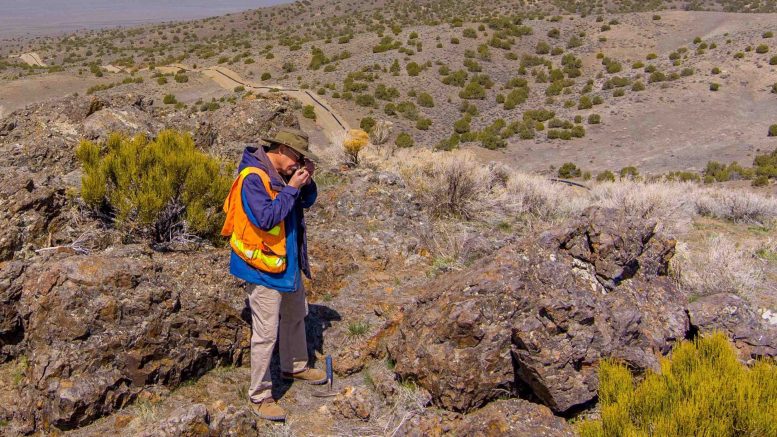The U.S. Department of the Interior has set aside more than US$74 million to invest across 30 states in research and mapping of areas with potential for critical minerals, as President Joe Biden’s administration seeks to strengthen key domestic supply chains.
The funding will also cover geoscience data collection, data preservation, and scientific interpretation of areas with potential for critical minerals by the U.S. Geological Survey’s (USGS), Earth Mapping Resources Initiative, or Earth MRI.
The government believes the initiative will lead to a better scientific understanding of critical mineral resources available in the country, including minerals found in mine waste materials.
Biden invoked the Defense Production Act in March to reduce the country’s reliance on imported critical minerals, particularly those from China and Russia.
The decision added lithium, nickel, cobalt, graphite, and manganese to a list of items covered by the federal law.
The USGS now lists 50 minerals as critical — 15 more commodities compared to the nation’s first list of critical minerals created in 2018.
Global demand for battery metals has increased as nations look to meet their decarbonization goals by 2050, but its production seems concentrated in certain countries, according to the World Bank.
China has a near-monopoly in rare earths, used from military and defence technology to magnets in electric vehicles. The nation, which controls about 85% to 90% of the world’s rare earths processing, recently consolidated three producers of the elements to further increase state influence.
Russia accounts for 6% of global aluminum supply and 7% of the world’s mined nickel.
Over two-thirds of the world’s known lithium reserves are in Chile, Bolivia and Argentina — also known as the “lithium triangle.”
The Democratic Republic of Congo holds the world’s largest cobalt reserves and bauxite reserves are highly concentrated in Brazil, Guinea, Indonesia, and Jamaica.
The U.S. currently has less than 1% of the world’s mined lithium supplies and is highly dependent on imports for this and other key metals.


Be the first to comment on "US allots US$74M to critical minerals mapping"